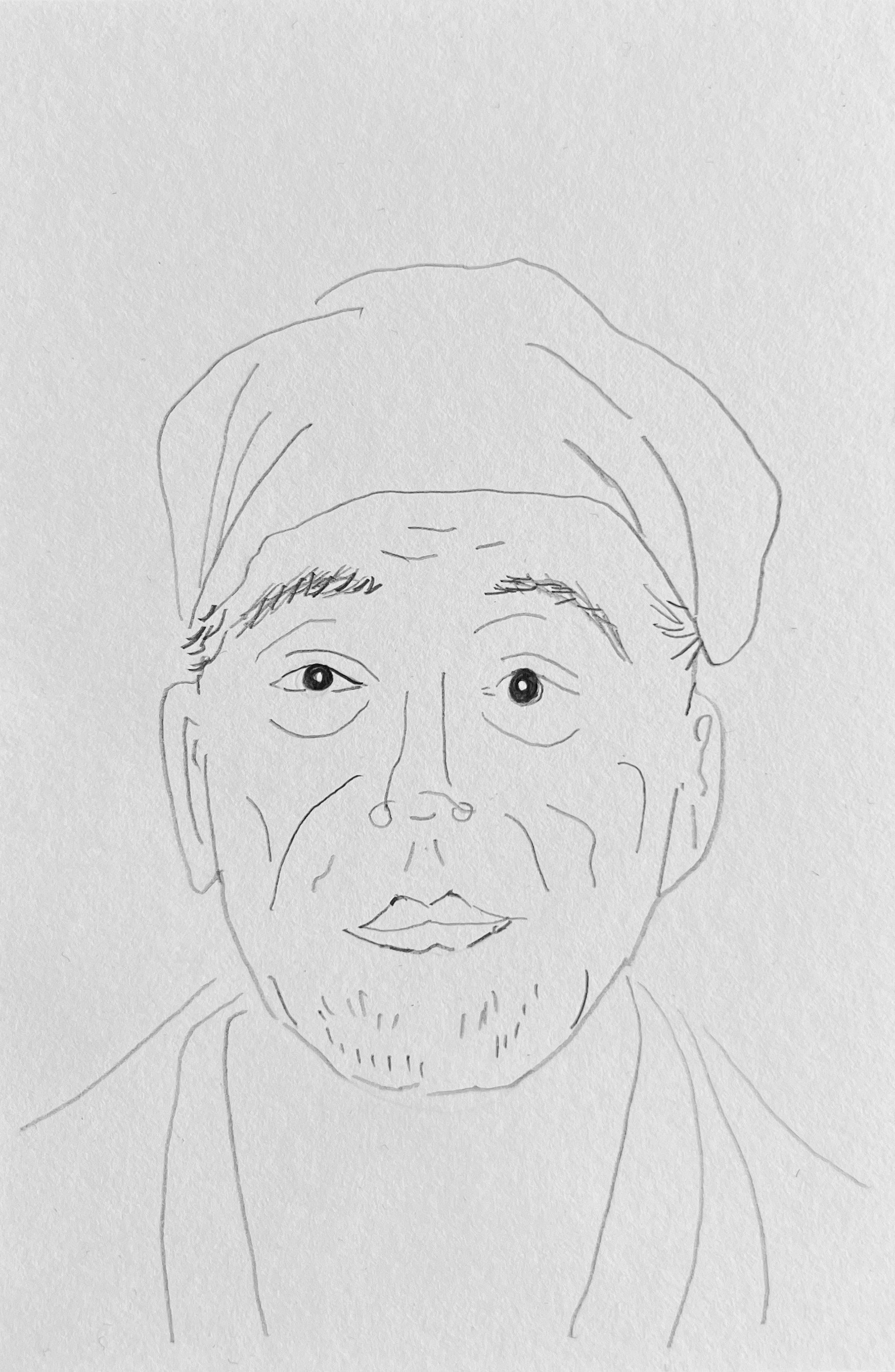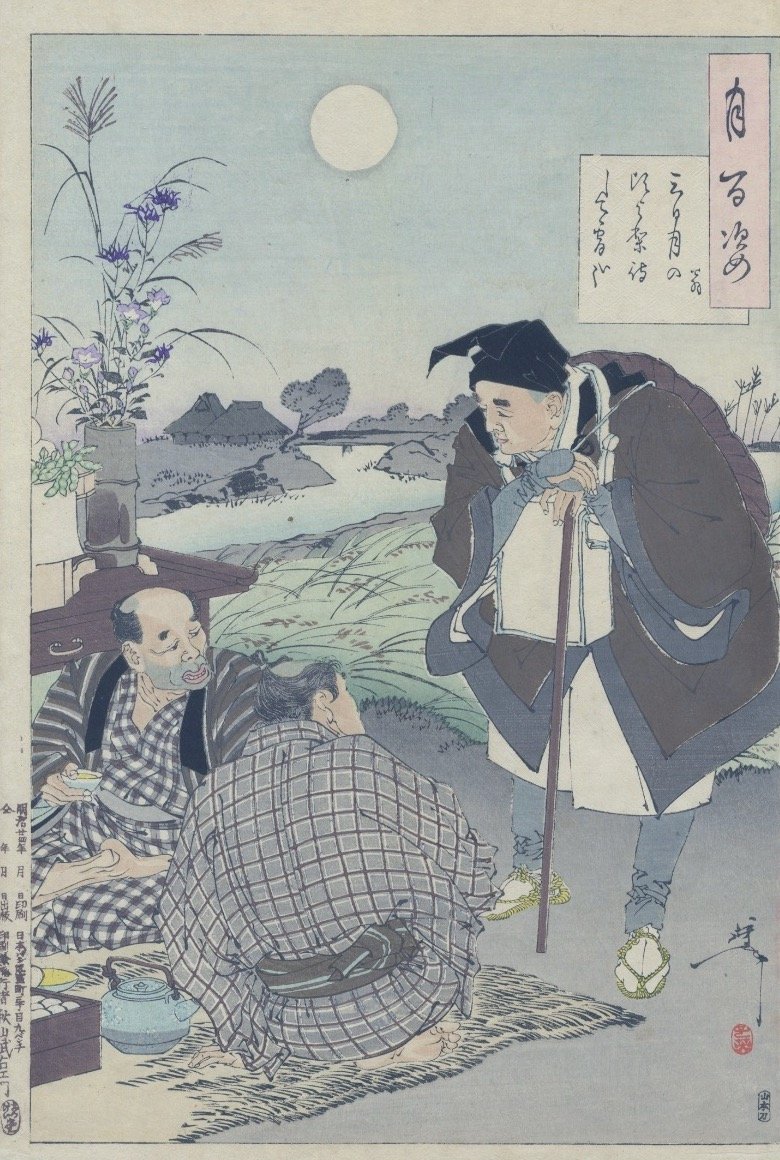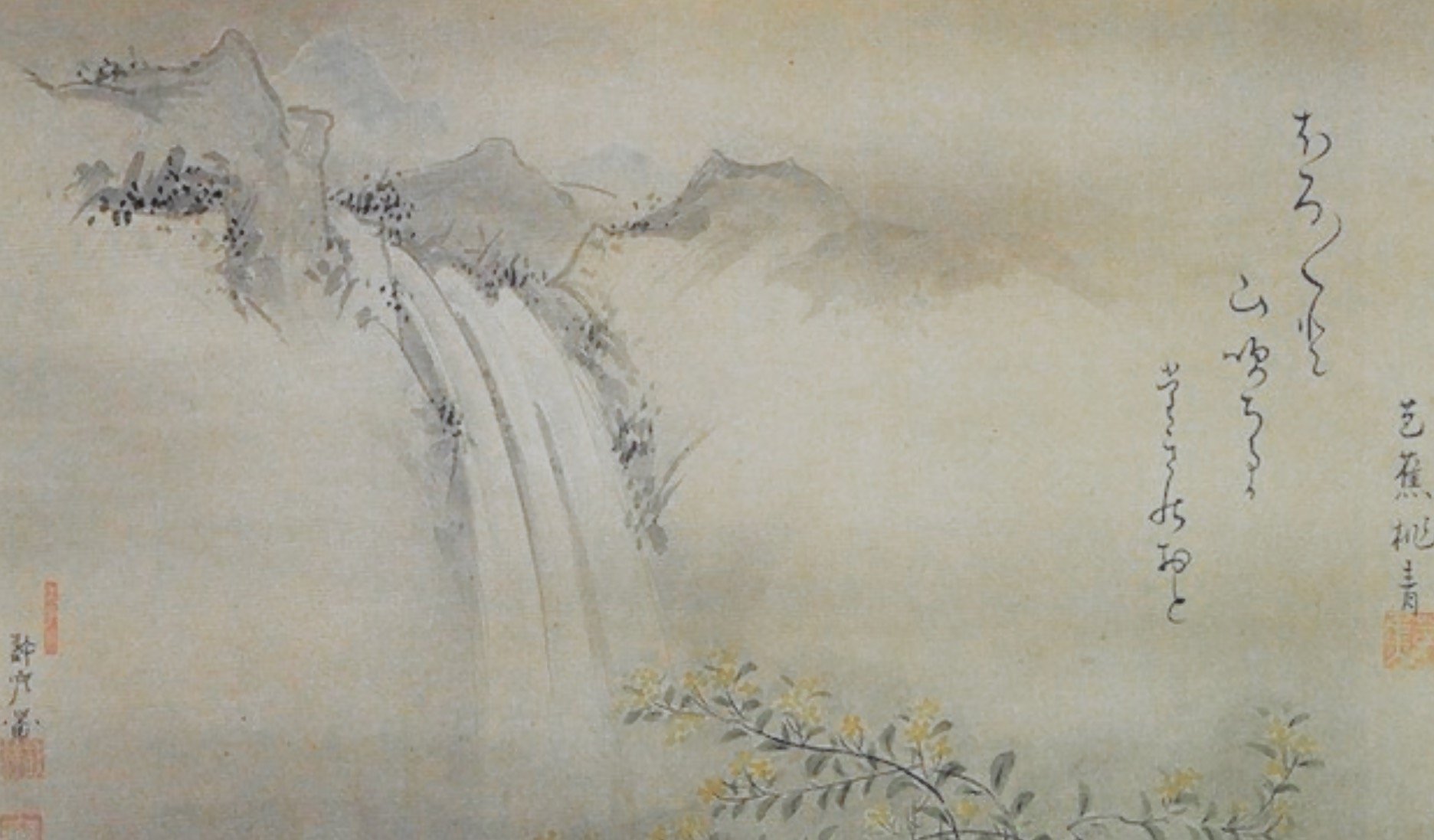松尾 芭蕉
Matsuo Bashō
1644-1694
b. Ueno, Iga Prefecture
Old pond —
frog jumps in,
sound of water.
His family are of Samurai decent, however Basho chose a life which was humble, wondering the countryside of Japan while writing the most influential Haiku of our time. Basho’s poetry evokes a sense of the inner child within us, he usually paints an ordinary scene from nature so simply and often with minimal usage of words. Its plain nature points to an image that everyone can relate to, so light and refreshing, yet intense with emotion at the same time.
A Haiku usually consists of three lines. Two images and a line that paints a composition by joining the two images together. And as with a cup of tea all of the ingredients for his Haiku comes directly from nature and reminiscent of Wabi and Sabi. These two ideas are always so beautifully depicted, in a way allowing the reader a glimpse of the true nature of all things. And intentionally reminiscent of Zen Buddhism’s teaching of living in the present moment while appreciating fleeting impermanence.



